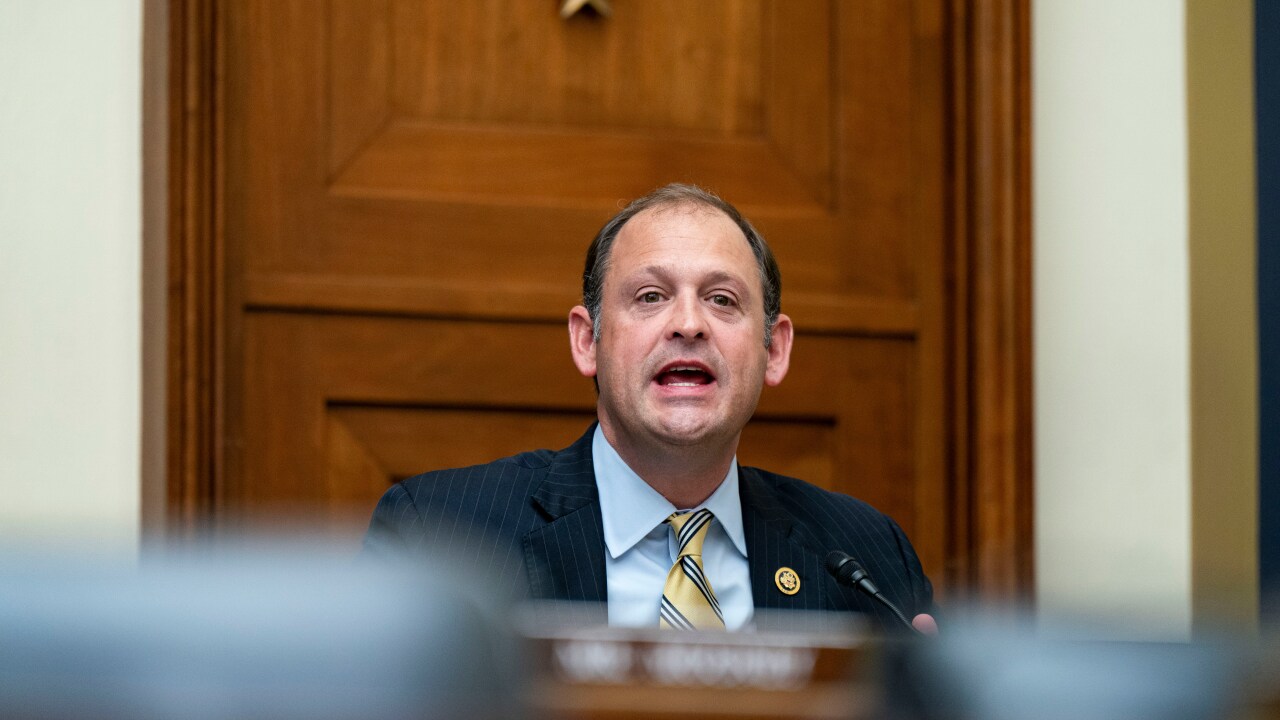
A new state law enables the Montana Facility Finance Authority, a conduit issuer, to expand the organizations it can issue private-activity debt for beyond its core healthcare bent and raises its annual issuance cap.
The Montana Department of Commerce, which oversees the conduit, announced on Monday it can now offer bond financing to an expanded array of 501(c)(3) entities and other public-benefit organizations.
"Conduit bonds play a vital role in driving economic development by enabling large-scale projects that provide substantial public benefits, such as healthcare and housing," MFFA Executive Director Adam Gill said in a statement. "These investments not only create jobs and stimulate local economies but also enhance the overall quality of life for Montanans."
The authorizing legislation
The law triples the conduit issuer's annual issuance cap to $1.5 billion from $500 million and provides for automatic 3% increases every two years.
MFFA has issued more than $4 billion in healthcare bonds as a conduit since its inception 40 years ago, according to the department of commerce.
As a result of the legislation, MFFA will be able to issue debt for schools, museums, energy producers, broadband providers and manufacturing facilities, enabling projects to move forward in the state that might otherwise face delays, reductions or cancellation, according to the MFFA.
The authority's mission is to enhance the state's healthcare and community offerings through access to cost-effective capital financing and development services.
It provides financing to non-profits and public benefit organizations through tax-exempt bond financing, low interest loans and planning grants. It also works with Montana businesses seeking to expand manufacturing, improve energy efficiency or install renewable energy to support their business.
While providing bond market access to healthcare facilities across Montana has been the conduit issuer's core expertise, it was previously able
The law "allows us to offer our expertise directly to a broader range of eligible projects, without creating any obligation for the state or its taxpayers," Gill said. "It's a win for the organizations, a win for communities and a win for Montana."
The





